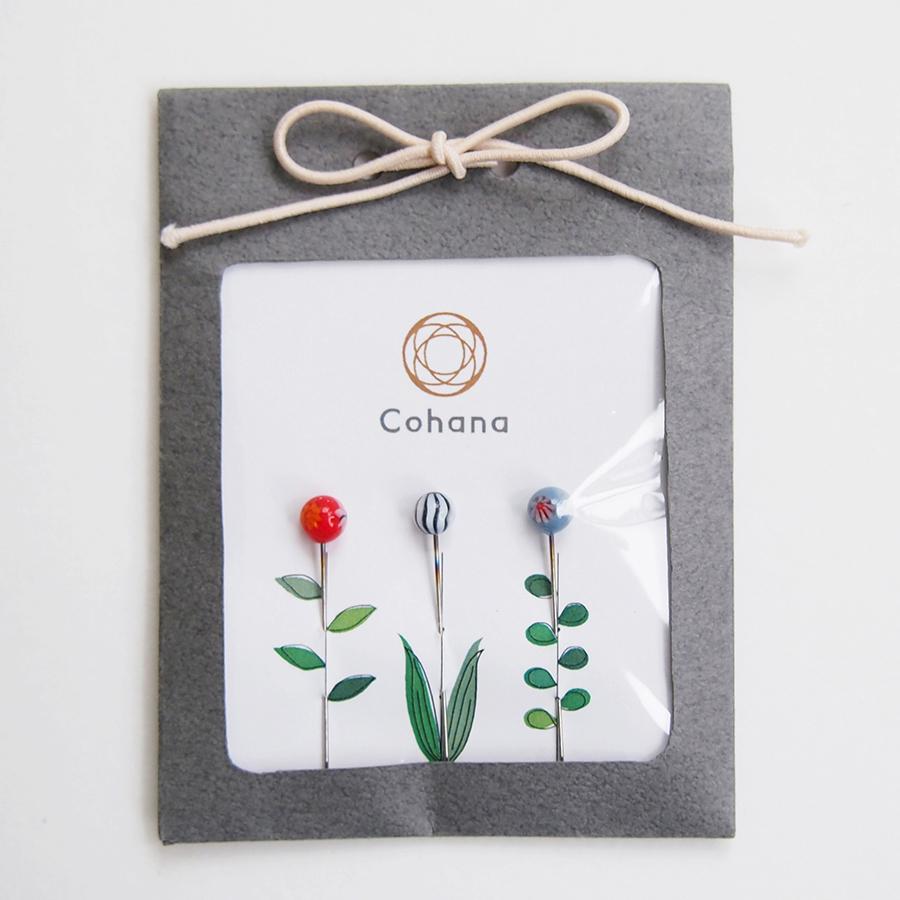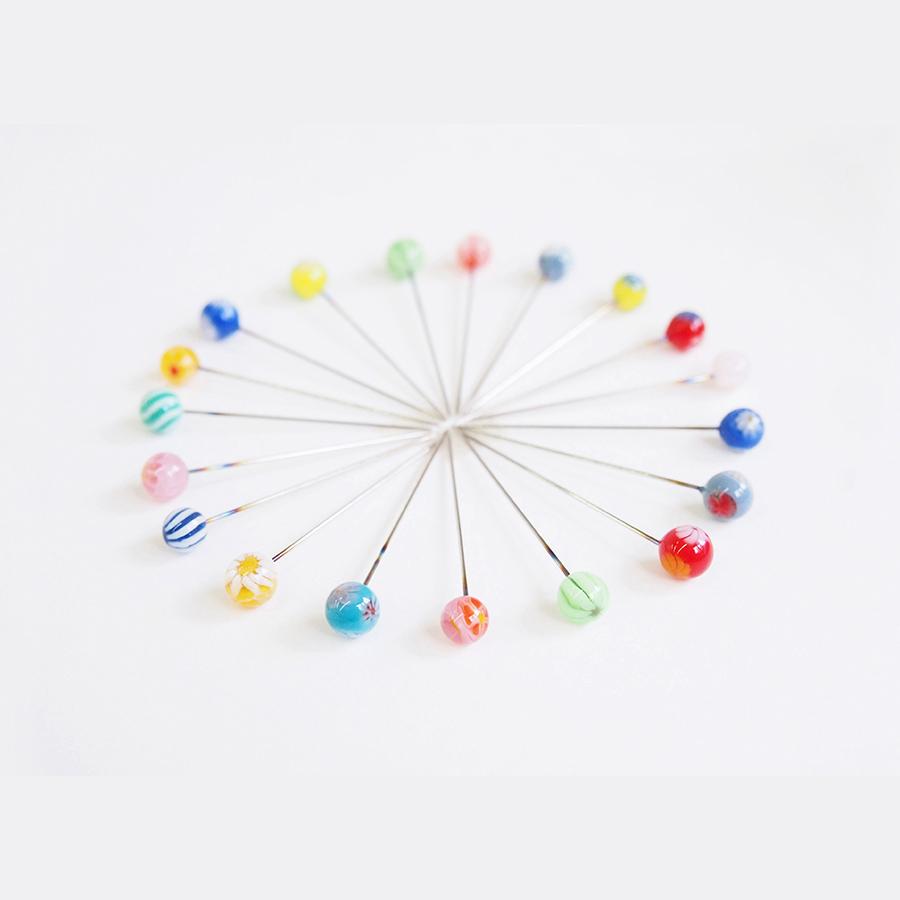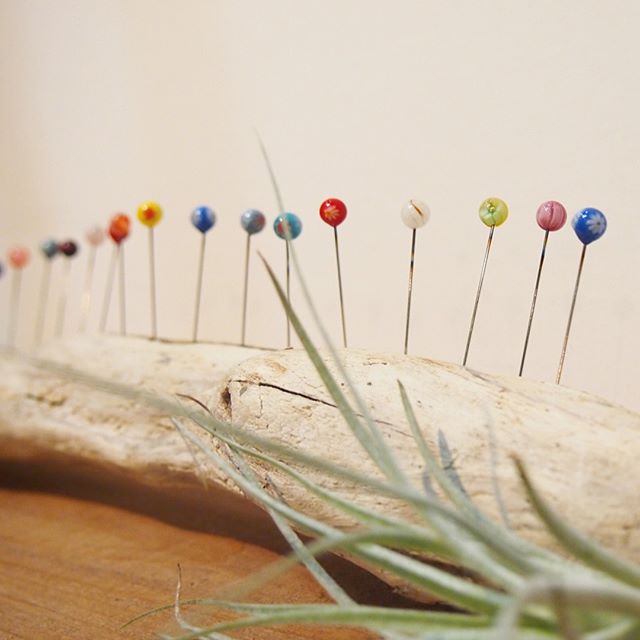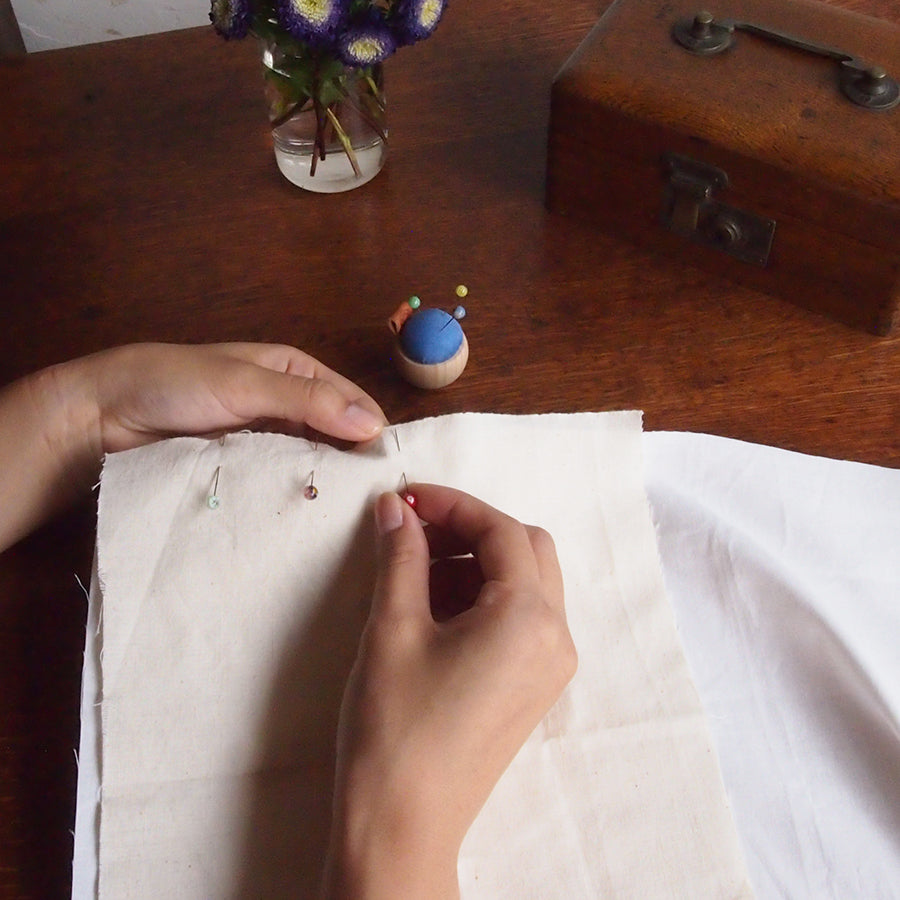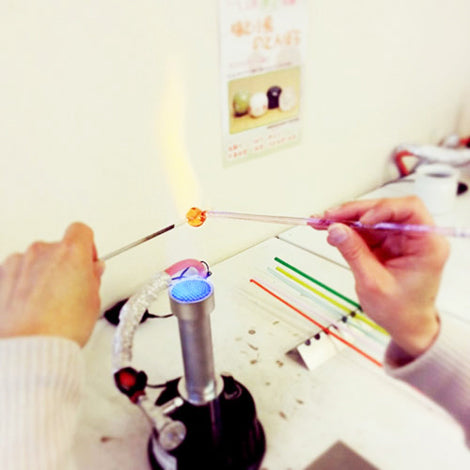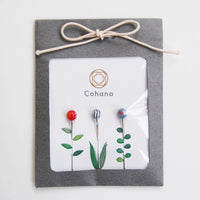
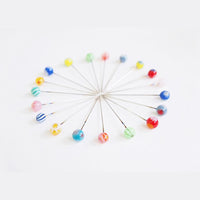
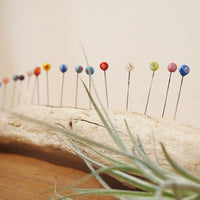
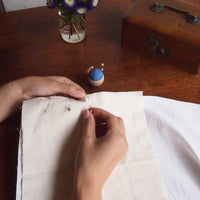
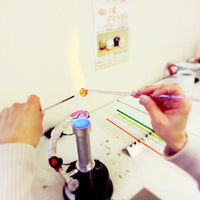
Glass Head Tombo-dama Flower Pins
So beautiful you might not want to use them...but you absolutely should because they are soooo smooth and sharp!
These Cohana glass-head pins are individually handmade in floral designs called millefiori, meaning a thousand flowers. They are heated and shaped one-by-one in a flame, producing a brilliant array of shapes and colors in the glass "flowers" on the heads of the pins.
The closely-guarded production methods for these mysterious "tombo-dama" (glass beads) was established before the Nara period, which began in 710 A.D. Then, it is said that in the Edo period (1603-1868 A.D.), with much trade arriving from China and Europe, glass-making techniques from abroad influenced the technique and the production of "tombo-dama" became even more varied.
Each pack contains 3 pins
Made by hand in Japan
Earn [points_amount] when you buy this item.

